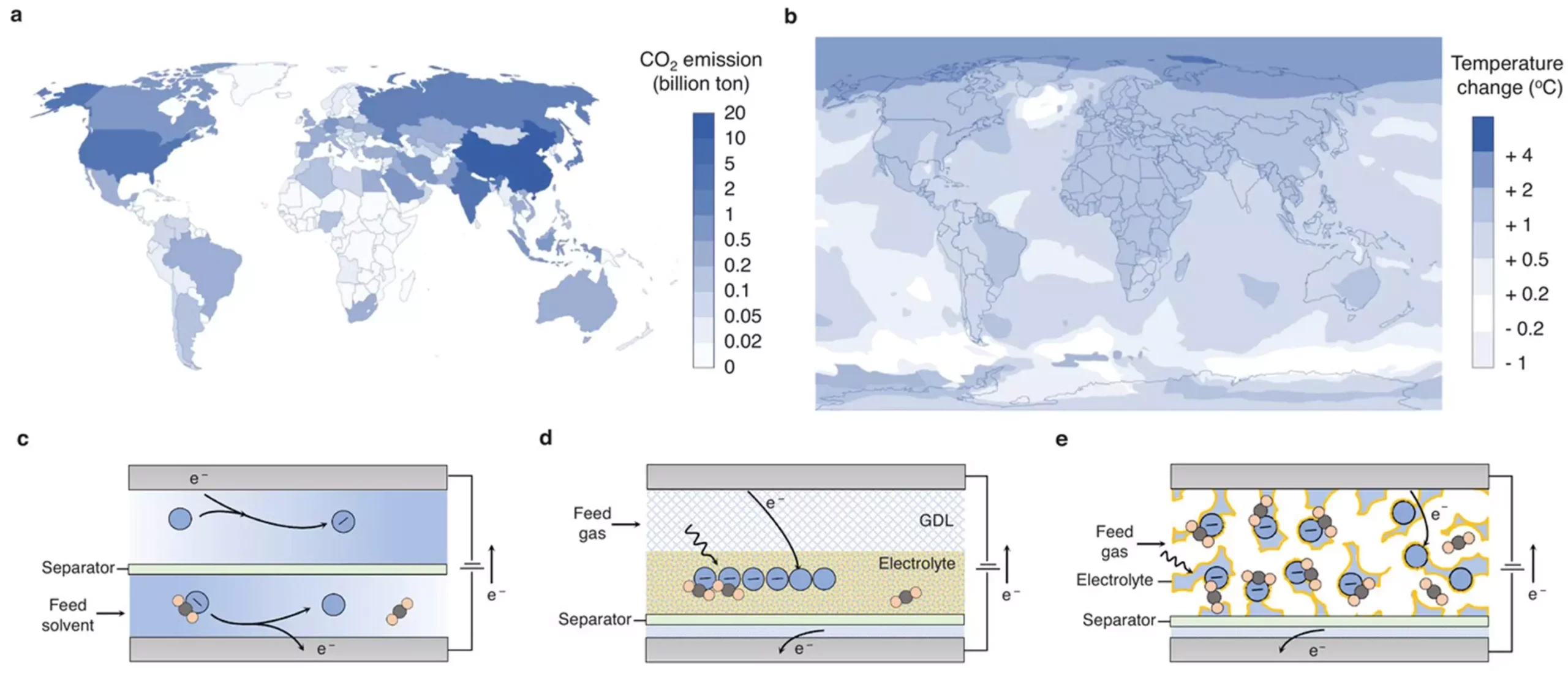The escalating urgency of climate change has prompted researchers around the globe to seek innovative solutions for carbon dioxide (CO2) capture. In this context, a groundbreaking development has emerged from a team led by Professor T. Alan Hatton, presenting a novel material that stands to significantly enhance CO2 capture efficiencies. Published in the esteemed journal *Advanced Materials*, this research unveils a new class of materials known as porous polymeric electrodes (PPEs), which are engineered to effectively extract carbon from low-concentration environments.
The creation of these advanced electrodes is rooted in a strategic combination of widely available materials. By utilizing melamine foam, polyvinyl alcohol, carbon nanotubes, and quinone molecules, the research team has developed an innovative structure designed for optimal gas transport. This intricate design facilitates improved interaction between CO2 and the capture material, enhancing both the channels through which gas can flow and the surface area available for gas adsorption.
Such advancements in the material’s structure provide a marked improvement in efficiency compared to traditional carbon-based electrodes. The PPEs boast an impressive utilization rate of up to 90%, a significant increase over previous designs. This efficiency not only elevates their performance in capturing CO2 but also suggests a promising scalability that could have widespread applications in various industries.
The practical effectiveness of porous polymeric electrodes is underscored by their ability to capture substantial quantities of CO2—ranging from 30 to 80 kilograms per cubic meter per day, contingent on the concentration of CO2 present. These capabilities are crucial in real-world scenarios, as shown by the PPEs maintaining robust performance over 100 cycles of capture and release, even in humid conditions. This durability directly addresses two of the most pressing challenges in carbon capture technology: material instability and the requirement for complex gas diffusion layers.
The simplicity of the design minimizes the need for additional components, potentially leading to more compact, efficient, and cost-effective carbon capture systems suited for both direct air capture processes and the reduction of emissions from industrial sources.
While the introduction of porous polymeric electrodes is a significant stride toward addressing climate change, the need for ongoing research and development is paramount. The team is currently focusing on refining the electrodes for various operational scenarios and scaling production methods to enable widespread usage. The urgency of these innovations cannot be overstated, especially in light of the Intergovernmental Panel on Climate Change (IPCC) reports that highlight the critical need for effective carbon capture solutions to meet global environmental targets.
As nations and industries mobilize to combat greenhouse gas emissions, innovations like PPEs present a beacon of hope. They represent a shift in the landscape of carbon durability, offering new opportunities for sustainability in the fight against climate change. The work of Professor Hatton’s team illustrates not just a scientific advancement but a crucial component in the collective push toward a net-zero future.


Leave a Reply